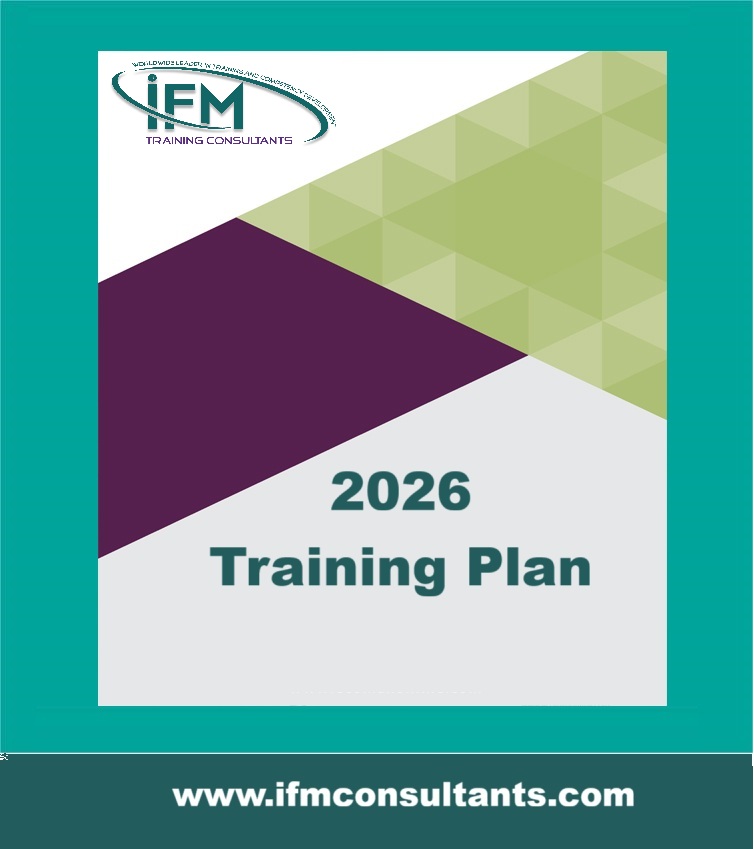Fire Fighter Rescue Missions
| Start Date | End Date | Venue | Fees (US $) | ||
|---|---|---|---|---|---|
| Fire Fighter Rescue Missions | 28 Dec 2025 | 01 Jan 2026 | Riyadh, KSA | $ 3,900 | Register |

Fire Fighter Rescue Missions
| Start Date | End Date | Venue | Fees (US $) | |
|---|---|---|---|---|
| Fire Fighter Rescue Missions | 28 Dec 2025 | 01 Jan 2026 | Riyadh, KSA | $ 3,900 |
Introduction
This course is designed to provide the participants with the knowledge and skills that enable them to enhance fire fighters capabilities in performing effective rescue operations.
Objectives
- Apply the latest technology in fire-fighter rescue missions
- Determine the concept of fire behaviour including the sources of heat, oxygen and its effect on combustion, flammable and explosive limits, modes of heat transfer, unique fire events and classes of fire.
- Discuss the overview of the process industry particularly the principles of exploration, production and enhanced oil recovery.
- Identify the physical properties of hydrocarbons as well as its vapor density and pressure, specific gravity and characteristics.
- Analyze the characteristics of hydrocarbon releases, fires and explosions and explain the concept of Boiling Liquid Expanding Vapor Explosions.
- Apply rescue procedures such as search burning structures victim removal, drags and carries and extrication from motor vehicles and get acquainted with the specialized rescue situations and tools.
- Identify the principles of forcible entry including the tools and requirements used in the forcible entry and improve maintenance of forcible entry tools.
- Review and improve rescue operations such as rescuer climb, equipment lifting and positioning, causality positioning on a stretcher and descending and ascending.
- Perform the primary and secondary causality rescue survey techniques and practice the paramedic serves of causality in hazardous high situation, safe positioning and descending.
- Use handling techniques of robes as well descending and ascending machines and practice confined space vertical and horizontal causality extrication as at/from standard high levels.
- Implement unison techniques in utilizing crane boom basket manual joined rescuer and causality rope descending.
- Improve confined space team search and rescue techniques as well as structural internal rescue missions
Training Methodology
The training methodology is interactive with group exercises and is suitable for all employees involved in functions management. The pace and level of the training workshop is customized to the understanding of the delegates. Ongoing back-up and support is available after the training on request to the supplier, and the training course is also available for in-house presentation as well as for “Competency Transfer”
Who Should Attend?
Course Outline
Day 1: Introduction
- Introduction to firefighter rescue missions
- Fire behavior & development
- Fire fighting strategies and tactics
- Sources of heat, oxygen and their impacts
- Fire impact on various types of constructions
- Hazardous of exploration, production and enhanced oil recovery process industry.
- Characteristics of hydrocarbon releases.
- Concept of Boiling Liquid Expanding Vapor Explosions
Day 2: Basic principles of rescue procedures
- Rescue situations
- Rescuer physical and technical skills
- Characteristics of rescue team and leadership
- Rescue tools (selection, usage, maintenance)
- Primary and secondary causality rescue survey techniques
- Burning structures victim removal
- Drags and carries and causality extrication from motor vehicles
- Rescuer climb operations
- Equipment lifting and positioning
- Forcible entry video
Day 3: Basic principles of rescue procedures (cont.)
- Causality descending and ascending on a stretcher.
- Principles of forcible entry
- Forcible entry, techniques and tools
- Robes handling techniques
- Crane boom basket rescue
- Causality manual transfer techniques
- Video & case study
Day 4: Confined space rescue
- What are confined spaces
- Nature confined spaces
- Confined space gases
- Confined space rescue techniques
- Structural internal rescue missions.
- Video & Case study
Day 5: First Aid
- Dealing with different types of wound and bleeding
- Types of fractures and dislocation
- Different types of splints
- Burns
- CPR
- Practical workshop

















